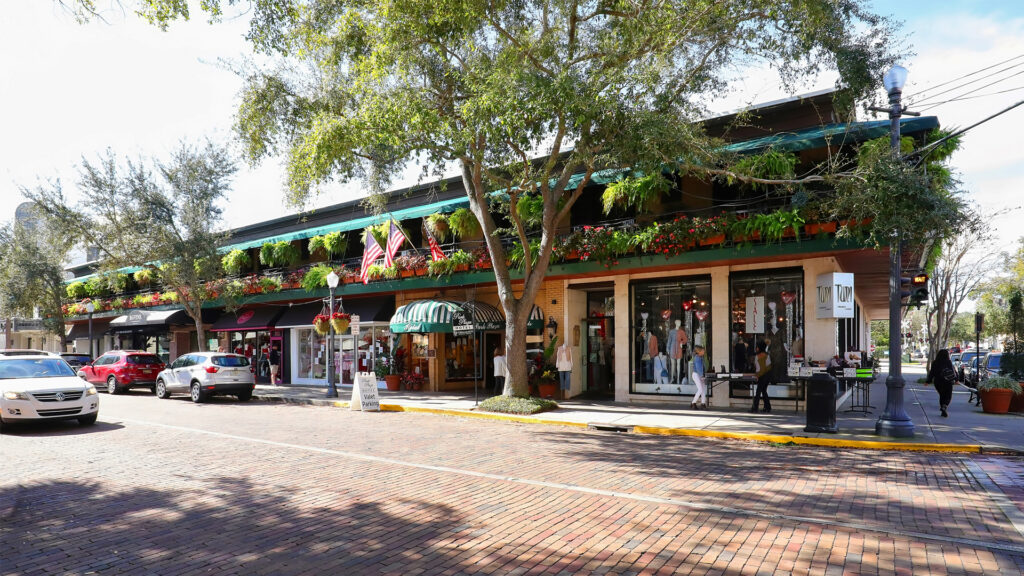By Alex Music
The past few weeks have seen the circulation of one of the most random conspiracies of recent memory: the 15-minute city.

As an urban planning adjacent person, I’ve been aware of the concept of 15-minute cities for a while. The phrase originates from a city planning idea in which everyday necessities like grocery stores, pharmacies, schools and places of work are accessible by a 15-minute walk, bike trip or public transit ride from your home. It is meant to improve people’s quality of life and make owning a car a choice rather than a prerequisite for thriving in society.
Somewhere along the line, this was twisted into a conspiracy. Right-wing commentators like psychologist Jordan Peterson have characterized 15-minute city planning as “authoritarian,” connecting it to broader conspiracies that theorize a centralized government effort to keep people from leaving their homes. On the even more fringe end of things, some theorists are claiming that the Ohio train derailment was intentional and meant to relocate rural populations to 15-minute cities. (Huh?)
In reality, the idea that 15-minute cities are meant to control a population could not be further from the truth. They’re more about freedom than anything: freedom to choose whether or not to own a car, how to get to work, how to spend your leisure days and how much energy you’d like to consume while doing it all. The ability for people to have these choices is important as emissions from carbon-powered vehicles and mineral mining for electric-vehicle batteries become major environmental concerns.
Fifteen-minute cities can also help solve a problem acutely relevant to Florida — the issue of suburban sprawl. Our patterns of development often take up acres upon acres of space in areas with limited land, such as where the greater Miami area meets the Everglades. Spread-out single family homes, limited (if any) public transportation connections, seas of retention ponds and golf courses, and giant parking lots surrounding Publix plazas are all too common a sight to see throughout the Sunshine State.
I recognize that suburban living has a sort of picturesque appeal to it — that whole idea of having a big yard, two-car garage, your own private pool — but it becomes a problem when it’s essentially the only option.
In Tallahassee, where I currently live, a walkable lifestyle is hard to find outside of Collegetown, a neighborhood meant for college students (a demographic that often, you may note, doesn’t own cars). Collegetown apartment complexes are arranged densely (by Florida standards), with access to a variety of restaurants, essential stores and amenities. Collegetown doesn’t really appeal to young professionals and families, so if they’re wanting to live somewhere walkable in Tallahassee, tough luck.

Fifteen-minute cities don’t have to be bastions of collegiate debauchery, of course. They’re actually just the pattern of urban development that existed before the rise of car culture. Think about historic suburbs such as Winter Park near Orlando or Hyde Park in Tampa. These would be considered 15-minute cities, and they’re also some of the most in-demand places to live in Florida.
If you want to live in a quiet suburb only accessible by car, knock yourself out. No one’s stopping you — if anything, developers and single-family zoning laws are helping you, and will be for the foreseeable future. But for the Florida residents who would love to bike to work, walk to a corner store and conserve our natural areas, it’s clear that our communities need to invest in 15-minute city planning.
Alex Music is a recent graduate from Florida State University with a degree in applied mathematics and geography. She currently works at a civil engineering research center in Tallahassee, and she will be attending the University of Georgia in the fall. This opinion piece was originally published by the Tallahassee Democrat, which is a media partner of The Invading Sea.
If you are interested in submitting an opinion piece to The Invading Sea, email Editor Nathan Crabbe at ncrabbe@fau.edu.



